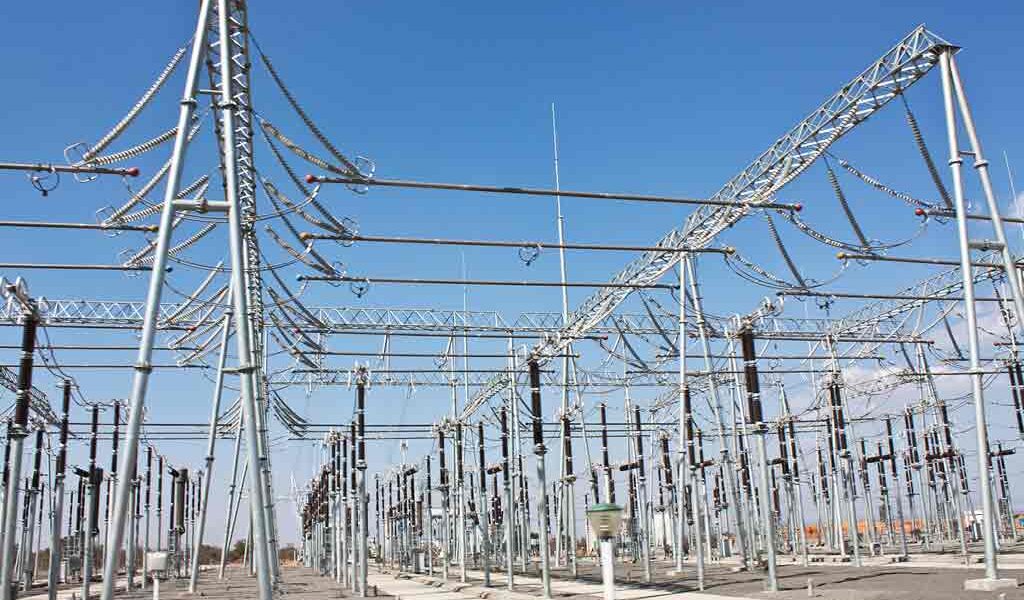…as power supply from neighboring countries dwindles
TSHIAMO TABANE
Statistics Botswana, the government owned statistics agency has indicated that Botswana’s reliance on power imports is gradually declining, as a result of increased local production which has been prompted by acute shortage of power from neighboring countries.
Recent data shows that Botswana’s major power supplier, South Africa could record the highest power deficit by 2025 if new power investment projects in the country do not succeed.
Figures released by Botswana Power Corporation (BPC) show that in 2015 South Africa had a power deficit of 21 000 Mega Watt (MW), Zimbabwe 950 MW, Zambia 1, 500 MW and Namibia 600 MW. Botswana has been importing power from the countries and following the acute shortage of electricity, the country is forced to reduce power imports and improve local production.
In a report released last week Statistics Botswana revealed that the latest figures show that imported electricity during the first quarter of 2017 (Q1 2017) decreased by 17.3 percent (39,491 MWH) from 228,543 MWH of power imported during the fourth quarter of 2016. The statistics show that when compared to importation during the first quarter of 2016, power imports during Q1 2017 decreased by 63.9 percent (334,684 MWH) from 523,736 MWH to 189,052 MWH. According to the report, power imports gradually declined from 3,169,068 MWH in 2011 to 1,554,486 MWH in 2016. In 2012 the country imported 2,999,797 MWH of power, 2013 (1,820,940 MWH), 2014 (1,627,926 MWH), 2015 (1,527,697 MWH). Statistics Botswana has indicated that the decrease in imported electricity could be seen to be a result of increased production to reduce reliance on importation.
According to the report on electricity generation and distribution, the physical volume of electricity generated during Q1 2017 stood at 698,451 MWH, giving an increase of 57.4 percent (254,823 MWH) when compared to the generation of 443,628 MWH during the first quarter of 2016. The report noted that comparison of the physical volume of electricity generated during Q1 2017 and the preceding quarter (fourth quarter of 2016), shows a decrease of 10.8 percent (84,690 MWH), from 783,141 MWH during the fourth quarter of 2016 to 698,451 MWH during the period under review. Commenting on the figures, Statistician Otsile Chelenyane said this decrease is partly influenced by the reduced use of emergency power generators which account for about one percent of electricity generated locally.
The Statistician has indicated that electricity generated locally contributed 78.7 percent to electricity distributed during the first quarter of 2017, as compared to 45.9 percent during the corresponding quarter in 2016, and 77.4 percent during the fourth quarter in 2016. During Q1 2017 887, 503 MWH of electricity was distributed.

